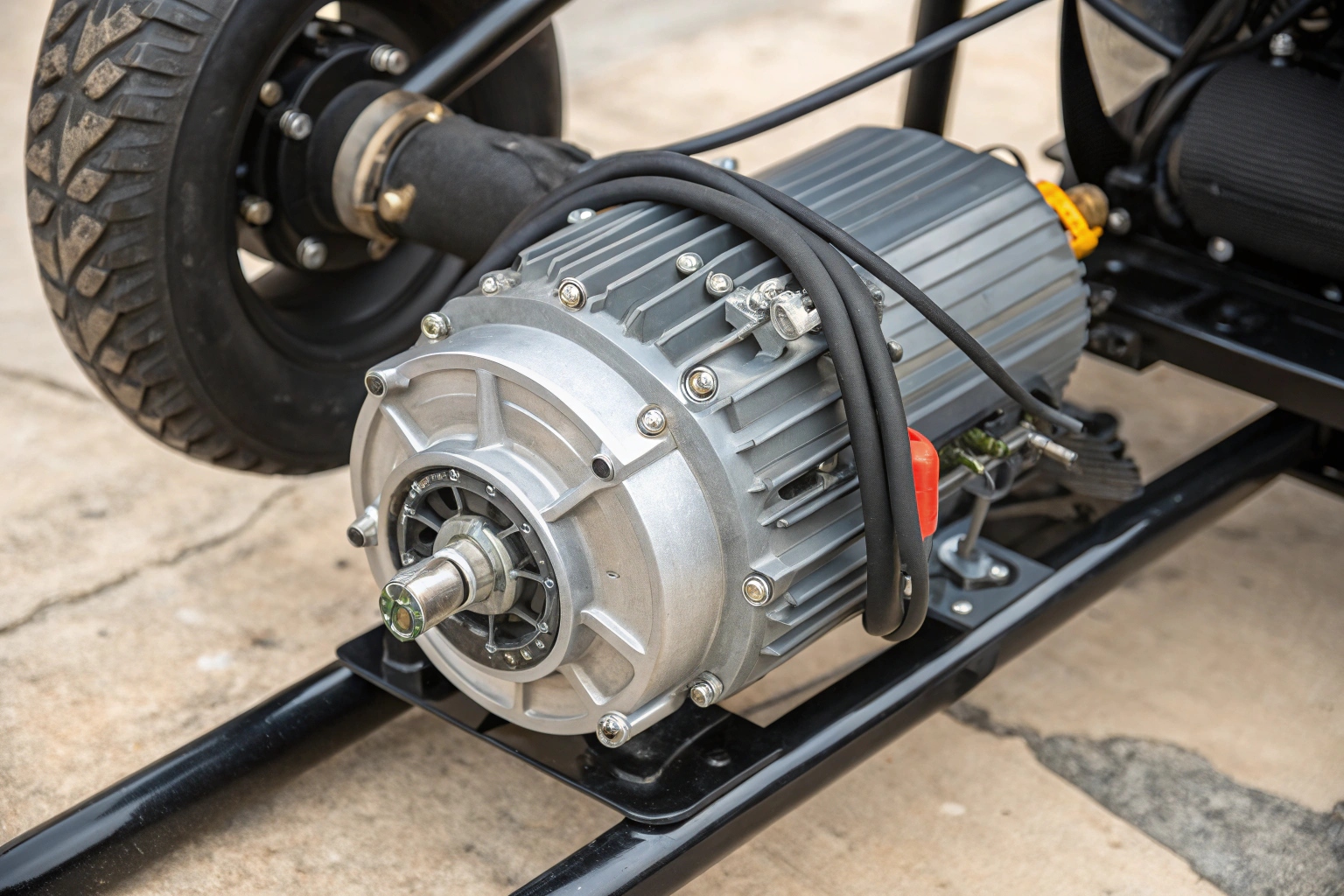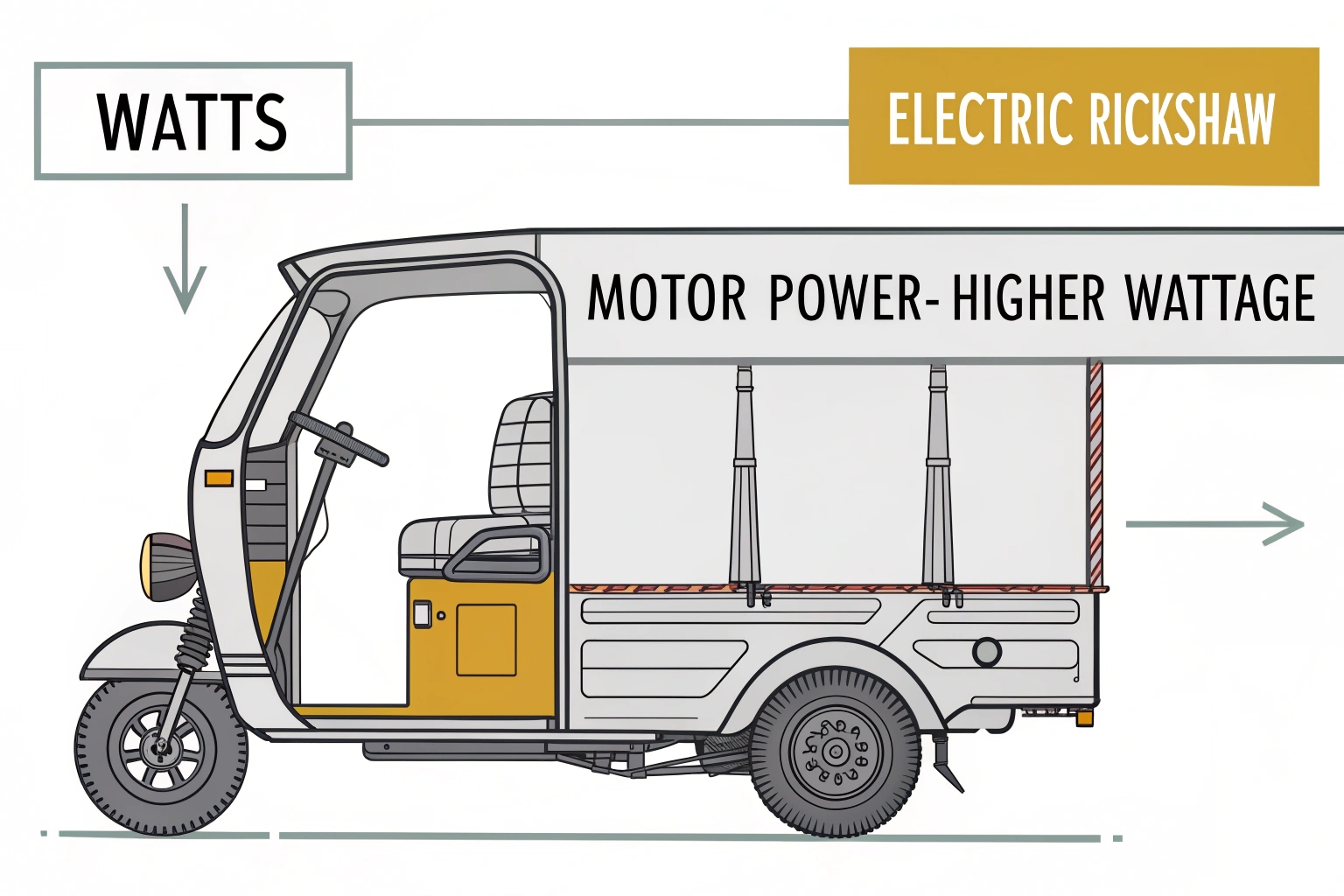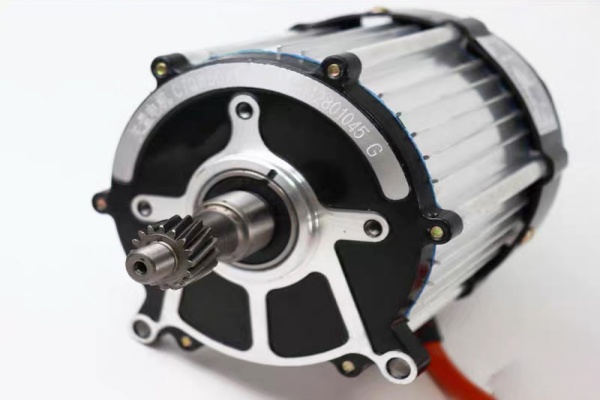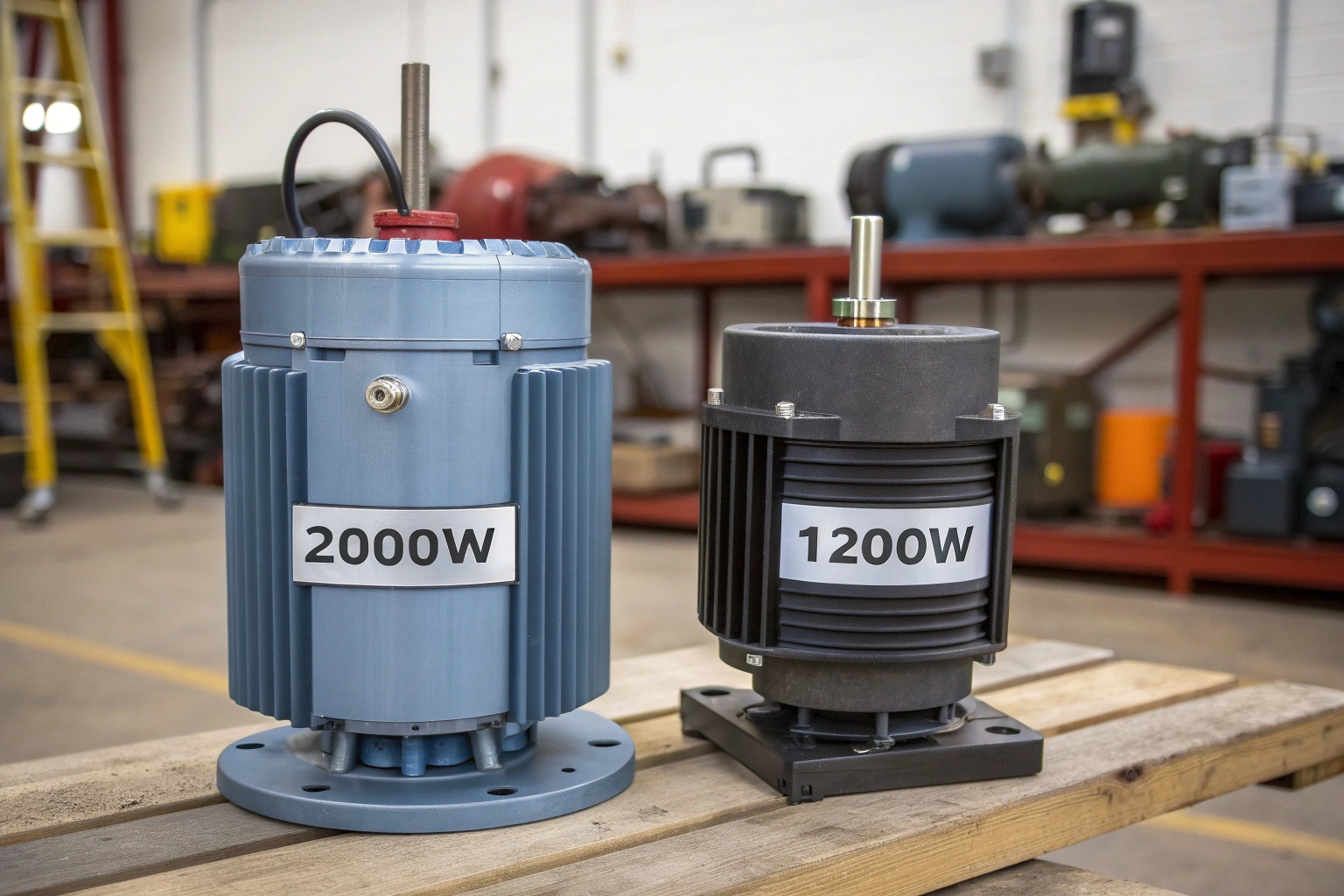Your electric tricycle feels weak, struggles on hills, and can't carry the weight you need it to. This slow performance is costing you time and money, making your business less competitive.
The motor is the heart of your electric tricycle, directly determining its power, torque, and efficiency. A correctly chosen motor dictates how much weight you can carry, how well you can climb hills, and how far you can travel on a single charge.

The motor is more than just a component; it's the core of your vehicle's a aracter. I've seen many importers focus only on the battery, but without the right motor, even the best battery is useless. Choosing a motor isn't about picking the biggest number. It's about finding the perfect balance for the vehicle's frame, axle, and most importantly, your business needs. Let's dive into how the motor truly drives your success.
How Does Motor Power Influence Load Capacity in Electric Tricycles?
You bought a tricycle rated for 500kg, but the motor overheats and struggles with half that weight. An underpowered motor makes your vehicle unreliable and unable to perform its main job.
Motor power, measured in Watts (W), directly relates to the vehicle's ability to handle weight. A higher wattage allows the tricycle to carry heavier loads, but it must be matched with a frame and axle that can support that weight.

Think of motor power as the muscle of your tricycle. Too little muscle, and it can't lift the weight. Too much, and you're just paying for strength you don't use. We see this all the time. A client might order a tricycle with a heavy-duty frame but choose a small 800W motor to save money. The frame can hold 800kg, but the motor will overheat and eventually fail trying to move it. On the other hand, putting a giant 3000W motor in a light-duty tricycle is also a waste. The frame isn't built for that force, and you've spent extra on a powerful motor and the massive battery it needs for no real benefit. The key is balance. The motor's power must be in sync with the tricycle's construction.
| Load Capacity | Recommended Motor Power | Frame/Axle Requirement |
|---|---|---|
| Light Duty (Up to 300kg) | 500W - 800W | Standard Frame |
| Medium Duty (300-800kg) | 1000W - 1500W | Reinforced Frame |
| Heavy Duty (1000kg+) | 2000W - 4000W | Heavy-Duty Frame & Axle |
Why Is Motor Torque Critical for Climbing and Heavy-Duty Routes?
Your tricycle has good speed on flat ground but comes to a complete stop at the bottom of a steep hill. This lack of pulling power makes the vehicle useless for anything but flat terrain.
Torque is the motor's pulling power, essential for starting from a stop with a heavy load and climbing hills. While power (Watts) determines top speed, torque is the raw strength that gets you moving and keeps you going on inclines.

I often explain torque to my clients like this: power is how fast you can run, but torque is how much you can lift. A marathon runner has power, but a weightlifter has torque. For an electric tricycle, especially a cargo model, torque is often more important than top speed. It's what gets your 800kg of cargo moving from a standstill at a traffic light. It's what pulls your tricycle up the ramp into a warehouse or over a steep rural road. A motor can have a high power rating but low torque, making it feel fast but weak. For our clients in hilly regions or those with heavy-duty applications, we always recommend motors designed for high torque. This ensures the vehicle can do the hard work without straining or stalling, which is fundamental for a reliable work vehicle.
How Do Motor Efficiency and Design Affect Range and Operating Costs?
Your battery seems to drain much faster than advertised, forcing you to end your day early. An inefficient motor is wasting your battery's energy as heat instead of turning it into kilometers.
An efficient motor converts more electricity into movement and wastes less as heat. This directly translates to longer range from the same battery, lower electricity bills for charging, and a longer lifespan for the motor itself.

Not all 1500W motors are created equal. The quality of the materials inside—like the purity of the copper windings and the strength of the magnets—determines the motor's efficiency. A poorly made motor can be 15-20% less efficient than a high-quality one. This means for every 100 dollars you spend on electricity, 20 dollars is lost as waste heat that does nothing to move your tricycle. I've had clients test two different tricycles with the exact same battery. The one with the better-quality motor consistently gets 10-15 kilometers more range. Over the life of the vehicle, a more efficient motor saves you real money on charging costs and gives you the confidence that you can finish your route every day. It's an investment in reliability.
What Should Buyers Check to Ensure Reliable Motor Quality?
You are worried that a supplier is exaggerating their motor's power rating. You want to avoid buying a tricycle with a cheap, unreliable motor that will fail under pressure.
Check the motor's physical size and weight, as a common pitfall is inflated power ratings. A genuinely powerful motor is heavy due to its copper and magnets. If a 2000W motor looks the same size as a 1200W motor, be suspicious.

One of the biggest pitfalls in this industry is dealing with inflated specifications. This is when a factory puts a 2000W label on a motor that can only truly deliver 1200W of power. As a factory insider, I can tell you a simple trick: look at the motor itself. Physics doesn't lie. A true 2000W motor needs a large amount of copper and big magnets to produce that power. It will be visibly larger and heavier than a 1200W motor. If a supplier offers you two motors with very different power ratings but they look identical in size, you should be very suspicious. Always ask for detailed spec sheets, but also use your eyes. The best defense against this is to work with a transparent and reputable supplier who stands behind their components. Finding a trustworthy partner is the most important step in building a successful electric tricycle business.
Conclusion
The motor is the engine of your tricycle's performance. Matching its power, torque, and efficiency to your specific job is the key to creating a reliable and profitable vehicle.

